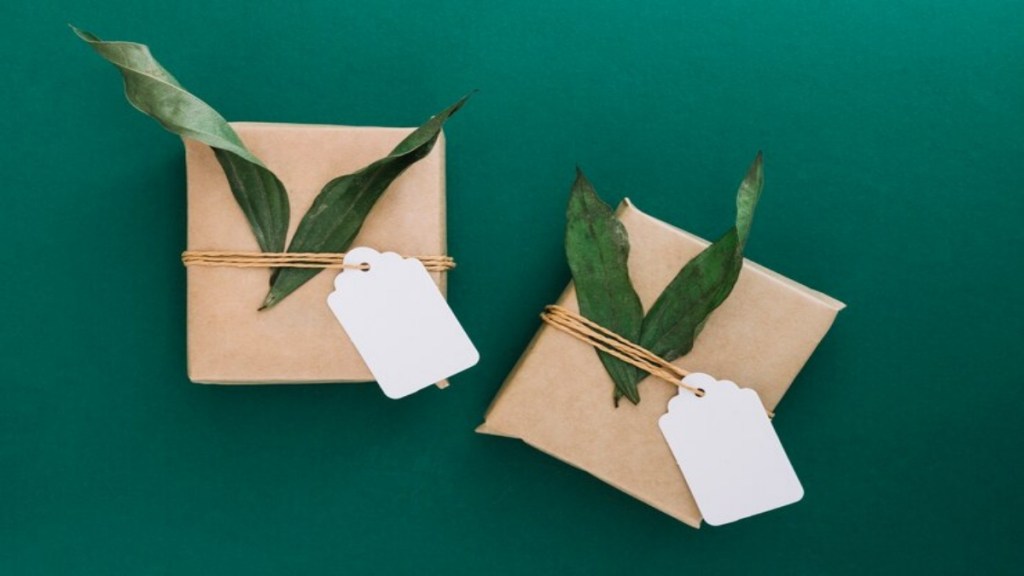By Hemal Gathani
The packaging industry is standing at a pivotal moment in history. For far too long, plastic has been the go-to material for packaging solutions, hailed for its convenience and cost-efficiency. Yet, as we move deeper into the 21st century, a collective realization is dawning upon us: the environmental toll of plastic is unsustainable. The shift toward sustainable packaging is not just a trend; it’s a fundamental change in how we think about packaging — marrying functionality, aesthetics, and environmental stewardship in one fell swoop.
Consider the stark statistics: plastic production catapulted from 2 million tonnes in 1950 to over 380 million tonnes in 2015. If current trends persist, we’re looking at a projection of 1,124 million tonnes by 2050. The repercussions of this unchecked growth are profound, with a mere 9% of all plastic ever produced being recycled. The rest contributes to a mounting crisis of waste, polluting our oceans and harming marine life.
Fortunately, amidst this challenge, a wave of innovation is rising. Consumers are demanding eco-friendly alternatives, governments are implementing stricter regulations on plastic use, and technological advancements are paving the way for groundbreaking solutions. Let’s delve into the world of sustainable packaging innovations, exploring some of the most promising examples:
Bio-based Materials:
These materials, derived from renewable sources like plants and fungi, offer a greener alternative to conventional plastics. Bioplastics, for example, utilize corn starch or cellulose to create packaging solutions that are both functional and environmentally responsible. Companies such as Plantic Technologies are at the forefront of this movement, showcasing how sustainable practices can be seamlessly integrated into the food packaging sector.
Compostable and Recycled Materials
While bio-based and compostable plastics offer promising solutions, the world of sustainable packaging extends beyond these materials. A significant focus lies on compostable and recycled materials derived from non-plastic sources, creating a closed-loop system that minimizes environmental impact. Here are some examples:
Compostable Paper and Cardboard: This readily available option offers a sustainable alternative for various packaging applications. Companies like Eco-Products specialize in compostable food containers, plates, and cutlery made from recycled paper and cardboard, providing a viable solution for food service and takeaway packaging.
Agricultural Waste Packaging: Utilizing agricultural byproducts like bagasse (sugarcane pulp) and rice husk in packaging offers a sustainable and cost-effective solution. Companies like The better box utilizes bagasse to create fully compostable and water-resistant packaging solutions, while some uses rice husk as a base material for their eco-friendly packaging alternatives.
Thinking Outside the Usual Packaging Materials
The world of sustainable packaging solutions extends beyond conventional materials. Here are a few innovative examples from across the globe that push the boundaries of creativity and sustainability:
Plantable Packaging (Pangea Organics): This personal care brand uses plant-based inks and 100% recyclable packaging. However, their most innovative creation is their 100% compostable and plantable packaging. Made from post-consumer paper with embedded seeds, these packages can be planted after use, literally blooming into new life.
Mushroom-Based Packaging for Consumer Electronics (Dell): Dell is tackling the issue of non-biodegradable electronics packaging by adopting mushroom-based packaging. Developed by Evocative Design, this innovative material utilizes mycelium, the root structure of mushrooms, combined with agricultural waste like corn husks. The resulting material is not only biodegradable but also surpasses traditional polystyrene in terms of flexibility and sturdiness.
Seaweed Packaging (Skipping Rocks Lab): This UK-based company has developed a unique solution using seaweed, a readily available and fast-growing marine resource. Their Ooho! packaging is a small, edible water pouch made from seaweed extract, offering a biodegradable and sustainable alternative to single-use plastic water bottles.
These examples showcase the diverse and inspiring world of sustainable packaging solutions. As technology advances and consumer awareness grows, the future holds immense promise for further innovation and widespread adoption of these environmentally friendly alternatives.
Ultimately, the path toward a sustainable future requires collective action. Businesses, consumers, and policymakers all have a role to play in creating a paradigm shift in the packaging industry. Embracing innovation is at the heart of this transformation, as seen in the efforts of companies like ours, Loopify, which leads by example in employing sustainable packaging practices. These practices ensure a plastic-free journey from product to packaging, reflecting a commitment to environmental responsibility that inspires others.
By fostering collaboration and prioritizing such sustainable practices, we can redefine product presentation without plastic, paving the way for a more sustainable future for all. This journey, underscored by the dedication of businesses committed to making a difference, exemplifies how collective action can lead to meaningful change, ensuring a healthier planet for generations to come.
The author is the Co-founder of Loopify
Disclaimer: Views expressed are personal and do not reflect the official position or policy of Financial Express Online. Reproducing this content without permission is prohibited.


